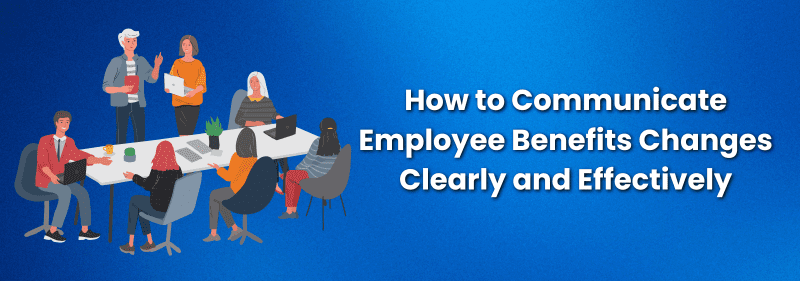
How to Communicate Employee Benefits Changes Clearly and Effectively | Swift Kennedy
When it comes to employee benefits, clarity is key. Whether you’re rolling out new plan options, adjusting contributions, or introducing wellness initiatives, how you communicate changes can make or break employee engagement and satisfaction.
At Swift Kennedy & Associates, we’ve seen firsthand how effective communication builds trust and helps employees make the most of their benefits. Here are some best practices to keep in mind when it’s time to share updates with your team.
1. Start Early and Be Transparent
No one likes surprises, especially when it comes to health coverage or financial planning. Give employees plenty of notice when changes are coming. Share not just what is changing, but why. If premiums are increasing or a new vendor is being introduced, explain the reasoning behind the decision.
2. Use Multiple Channels
Every employee consumes information differently. Use a mix of:
-
Email announcements for clarity and easy reference
-
Virtual or in-person meetings for Q&A and discussion
-
HR portals for ongoing access to documents
-
Printed materials for staff without daily computer access
Repetition and accessibility help ensure your message sticks.
3. Speak in Plain Language
Benefits jargon can be confusing. Break things down into simple terms:
-
Instead of “HSA-compatible high-deductible plan,” say “A health plan that lets you save tax-free money for medical expenses.”
-
Provide real-life examples to illustrate how a benefit works or saves money.
4. Highlight What’s Staying the Same
Change can cause anxiety. Balance the message by pointing out what’s not changing, whether it’s provider networks, core plan features, or access to wellness resources like non-traditional benefits such as pet insurance. Familiarity provides reassurance.
5. Offer Personalized Support
Encourage employees to reach out with questions. Better yet, offer one-on-one consultations with HR, your benefits broker, or a third-party enrollment advisor. This helps employees feel valued and supported through the decision-making process.
You can also direct employees to external resources like Healthcare.gov’s glossary to clarify commonly misunderstood terms.
6. Gather Feedback and Stay Open
Two-way communication matters. Create space for employees to ask questions or voice concerns. Feedback can help identify gaps in your messaging or improve future communications. For more on creating supportive workplaces, check out CDC’s guide to workplace health promotion.
Need Help Simplifying Benefits Communication?
Swift Kennedy & Associates partners with employers to simplify complex benefits updates and engage employees at every step. If you’re planning changes or need support in communicating them clearly, contact us to learn how we can help.
